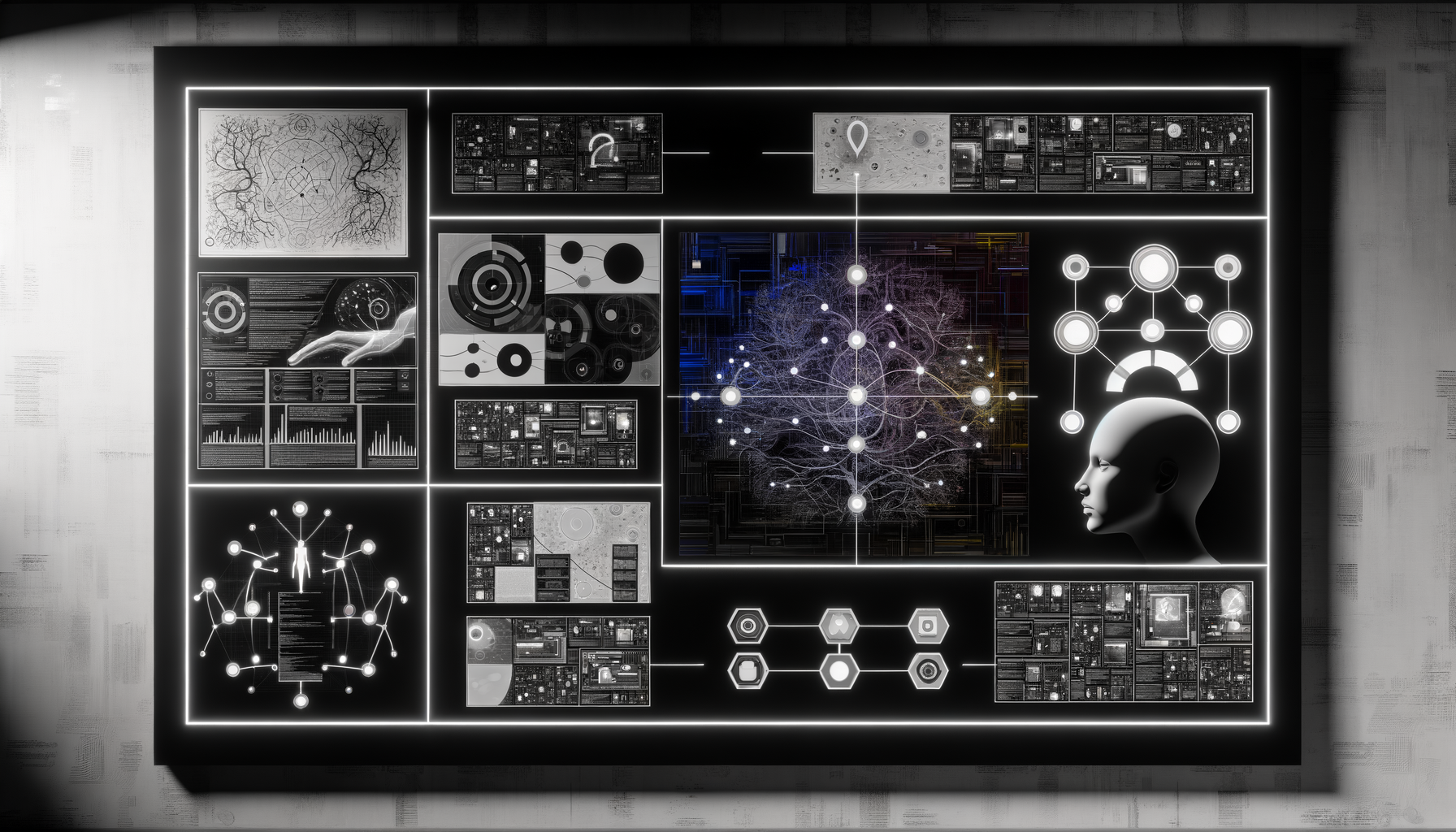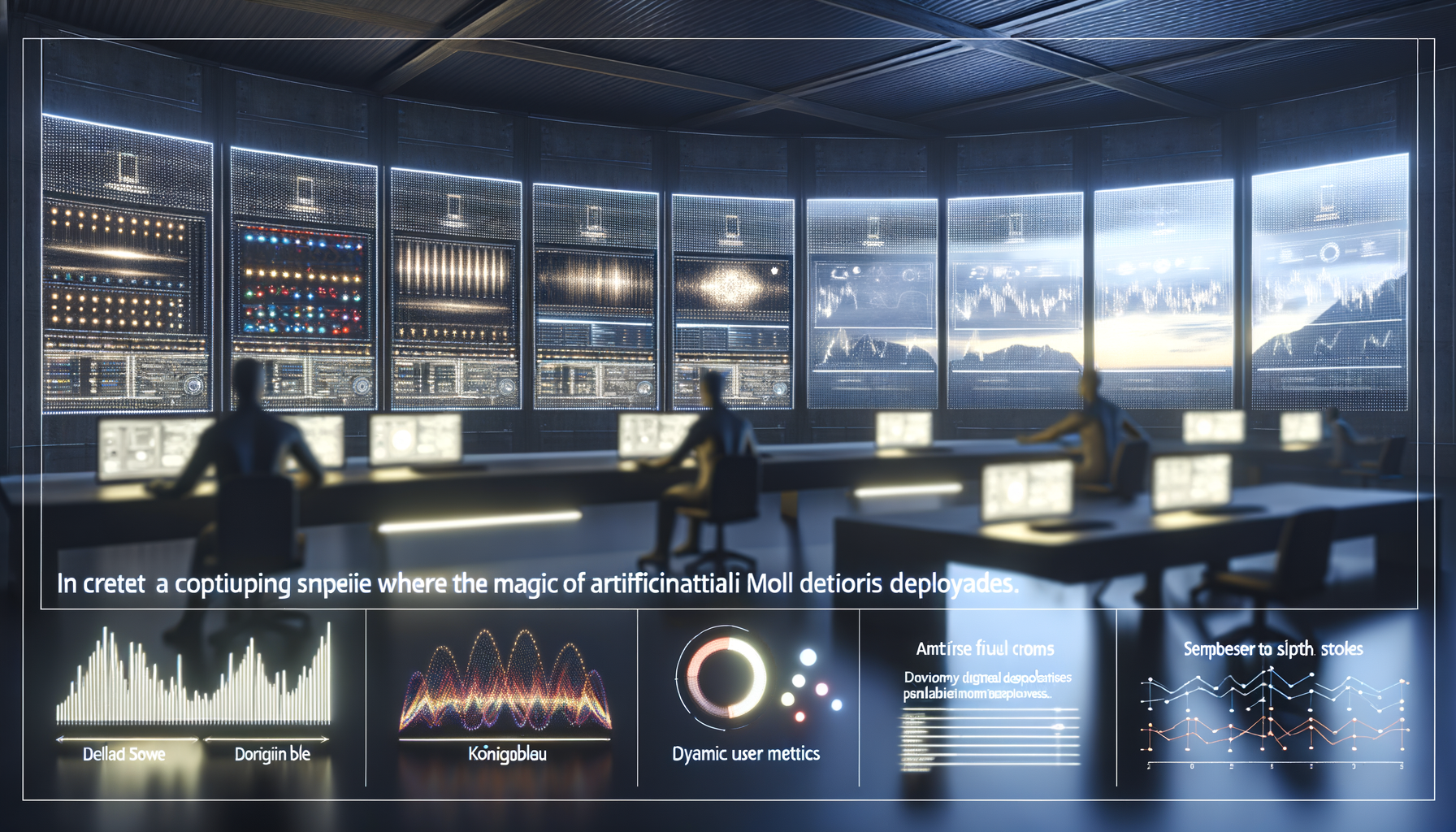Enterprise AI will be unrecognizable in 2025—and if you’re still thinking about bots and assistants, you’ve already missed the seismic shift.
The Era of Agentic AI Is Here—And It’s a Tipping Point
Most organizations still see AI as a sophisticated autocomplete—fast, clever, impressive, but fundamentally reactive. That view is now dangerously obsolete. The arrival of autonomous agentic AI models like DeepSeek’s R1 and Google Gemini marks the beginning of a new epoch, where AI transcends the role of assistant and becomes an autonomous operator, collaborator, and even strategist.
From Tools to Teammates: The Agentic Leap Explained
What makes agentic AI so different?
- Multi-step Reasoning: No more single-query, single-response cycles. Agentic models execute complex, multi-stage workflows—including planning, adjusting, and learning on the fly.
- Autonomous Decision-Making: These systems react to outcomes, investigate errors, pivot strategies, and optimize processes independently—mimicking the autonomy of a skilled human analyst or operator.
- API Choreography: Instead of waiting on humans to manually integrate tools, agentic AI orchestrates APIs, databases, and codebases, managing dependencies and data flows dynamically.
- Goal-Oriented Execution: You set high-level objectives; the agent chooses the how, the resources, and the steps.
The AI that simply waits for orders can’t compete with an AI that proactively delivers outcomes, flags risks, and closes the loop itself.
This is not a laboratory curiosity. DeepSeek’s R1 demoed autonomous report generation, integrating data retrieval, dynamic analysis, and document composition in a single prompt. Google Gemini’s agency layer forms the backbone of complex business logic automation, not just rapid Q&A. These are not incrementally better tools—they fundamentally redraw the boundaries between human and machine work.
Why Traditional Enterprise AI Infrastructures Are Now Obsolete
Conventional AI infrastructure was designed for static models, monolithic data pipelines, and tightly-coupled endpoints. The agentic paradigm introduces a qualitatively different set of demands:
- Persistent Autonomy: Agents must maintain state, context, and task memory across sessions and systems, often over days or weeks.
- Dynamic Orchestration: Infrastructure must support on-the-fly API discovery and chaining, not just pre-wired microservices.
- Recursive, Asynchronous Execution: Workflows are no longer linear. Agents launch subprocesses, wait for results, and resume contextually—demanding event-driven architectures.
- Fine-Grained, Real-Time Monitoring: With autonomous actors, failure modes multiply and exception handling is critical. Visibility and intervention must be embedded at every level.
- Granular Security Boundaries: Granting an agent external control is a new security attack surface. Least-privilege and continuous auditing are non-negotiable.
If your current ecosystem consists of Docker containers running LLMs behind REST APIs, connected to static SaaS integrations, you are unprepared for this shift. Agentic AI needs new scaffolding.
2025’s Non-Negotiables for Agentic AI-readiness
- Agent State Stores: Persistent, queryable memory for agents—think purpose-built vector stores and high-availability DBs optimized for fast context switching.
- API & Service Registries: Dynamically-updated catalogs allowing agents to discover, vet, and integrate services in real time.
- Autonomous Orchestration Layers: Not just Airflow DAGs, but event-driven systems that let agents spin up/down workflows, schedule retries, and coordinate with other agents.
- Robust Observability: Turn every agent operation into actionable signals. Trace, log, and surface anomalies as they emerge—and alert human operators before disaster strikes.
- Dynamic Policy Engines: Real-time rules for what an agent can access, invoke, and change—updated in response to system and context drift.
Without these, deploying agentic AI at scale is reckless. Enterprises ignoring these requirements will see agentic pilots fail, and their competitors leapfrog ahead on automation, cost reduction, and decision-making acumen.
What’s Driving This Urgency in 2025?
Three converging forces accelerate the agentic imperative this year:
- Breakthroughs in Multimodal Reasoning: Models parse structured, unstructured, audio, and visual data in a single loop—enabling entirely new automations (think legal review, supply chain analysis, security triage).
- Explosion of API-Accessible Enterprise Operations: With everything from HR to core banking running on accessible APIs, agentic systems can control almost every operational lever if given safe, monitored access.
- AI-Native Startups Setting the Benchmark: Born-agentic firms ship products that autonomously diagnose, synthesize, and execute. Old-guard organizations clinging to LLM-as-a-service quickly look slow and wasteful.
The cost of delay is more than inefficiency; it’s existential risk. The pattern is clear—just as cloud-native infrastructure rendered on-prem stacks obsolete, agentic-AI-native stacks disrupt LLM platforms.
Concrete Steps: Building Agentic-Ready Enterprise Architectures
1. Audit Your AI Surface Area
Identify workflows with the potential for multi-step automation. Where does decision latency kill throughput? Where is context lost between handovers? These are agentic goldmines.
2. Incrementally Modularize Critical Systems
Monoliths break agentic workflows. Extract APIs, decouple storage, and expose event streams. Every modular service is a future agentic integration point.
3. Invest in Monitoring, Simulations, and Guardrails—Now
Proactive anomaly detection and interpretable logs are not optional. Simulate agentic failure scenarios and test policy engines under load. Identify where agents must yield to human approval.
4. Cultivate Agentic Talent—Ops and Governance, Not Just ML
Agent orchestration is not classic DevOps. It requires a hybrid of software engineering, process design, and risk management. Start assembling cross-functional teams now.
Enterprise Agentic AI: The Near-Future, in Practice
What will “AI-driven” operations look like in 2025?
- Finance: Agentic models run end-of-quarter close cycles, triggering reconciliations, extracting anomalies, communicating with auditors, and adapting to unexpected issues in real time.
- Supply Chain: Autonomous agents monitor global events, adjust procurement rules, and reroute shipments without human intervention—surfacing only severe risks for oversight.
- IT, Security, and Compliance: Agents patch systems, mitigate attacks, and complete regulatory filings, communicating each step for transparency and intervention—reducing cyber response times from weeks to minutes.
- Sales, Marketing & Support: AI autonomously creates, launches, and adapts campaigns, responds to customer queries with context, and escalates only unusual cases.
Why This Threatens the “Just Add LLMs” Mentality
The winners in the coming wave will be those treating AI as a colleague—not just a tool—and investing in infrastructure that supports trusted, autonomous operation at scale.
Critical Considerations: The Challenges of Autonomous AI
No shift is pure upside. Agentic AI brings new technical and ethical risks. Consider:
- Opaque Decision Paths: Complex, autonomous workflows can be hard to debug. Observability and explainability become core functions—not afterthoughts.
- Security: Granting agents live access to privileged actions opens the door to new classes of attacks. Policy and access management must be adaptive and vigilant.
- Accountability: When agents act on their own, who is responsible for outcomes—especially in regulated contexts?
- Cultural Resistance: Trust is earned. Not all stakeholders are ready to hand key operations to autonomous logic.
The lessons of DevOps and cloud transformation apply here: underestimate the complexity, and you pay in unreliability, breaches, or both. Over-invest in static, locked-down guardrails, and you strangle innovation. A dynamic, informed posture is essential.
The Executive’s Playbook: Survive and Thrive in the Agentic AI Future
- Stop Thinking in Use Cases. Think in Agency Loops. Where can outcomes best be trusted to AI agents, not human chains-of-command?
- Demand Infrastructure That Enables Agency. Every system you buy or build should support autonomous operation, monitoring, recovery, and integration.
- Build Feedback Loops. Let agents suggest, act, then learn from results—measured, monitored, and safely revertible. Feedback is oxygen for agentic growth.
The next generation of business advantage is agentic. The foundations you lay today decide whether your enterprise leads the change—or gets swept aside by it.
Agentic AI isn’t coming someday—it’s rewriting the rules of enterprise infrastructure today; adapt now, or risk irrelevance.





